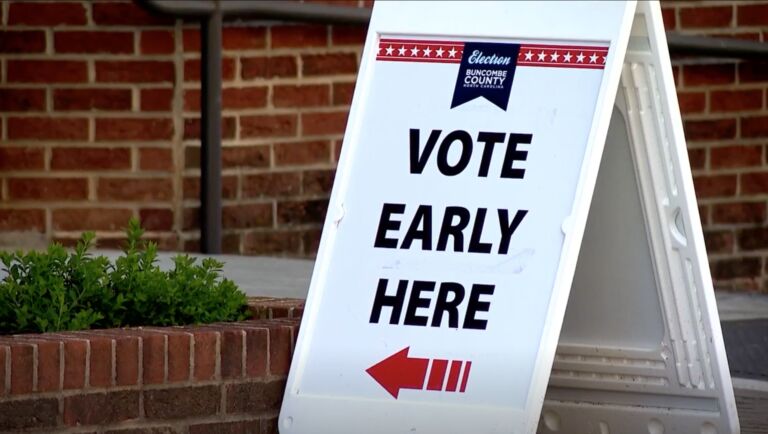Hans von Spakovsky explains for National Review Online readers why he believes Justices Roberts and Scalia were right to raise questions about the future of a controversial piece of the federal Voting Rights Act.
Perhaps the justices’ critics are desperate to retain the unconstitutional preclearance provisions of the Voting Rights Act, which have given the Obama administration political and legal leverage in redistricting and other election-law challenges. The chief justice provided some reason last June, in his decision in NFIB v. Sebelius, to believe that such attacks might cause him to change his mind. But the recent attacks are unfounded and not likely to sway anyone on the Supreme Court.
A key issue is the coverage formula that determines which states (or portions of states) are subject to preclearance under Section 5. That formula made states and districts where registration and turnout were below 50 percent in the 1964, 1968, and 1972 elections subject to preclearance. When Congress renewed Section 5 in 2006, it refused to update the formula to take into account more recent elections. This coverage formula was devised because of the huge disparity between black and white rates of voter participation in 1965 (the year the act was passed), a disparity that resulted from systemic discrimination in the covered areas.
An obvious question that the government should have been prepared to answer was one asked by Roberts: Which state today has the worst ratio between black and white turnout? Solicitor General Donald Verrilli Jr. either didn’t know the answer or pretended not to. The chief justice informed him that it was Massachusetts, which is not covered under Section 5. Roberts then asked him which state has the best ratio, “where African American turnout actually exceeds white turnout?” Again, the solicitor general didn’t have the answer. In fact, it is Mississippi, one of the states covered under Section 5.


